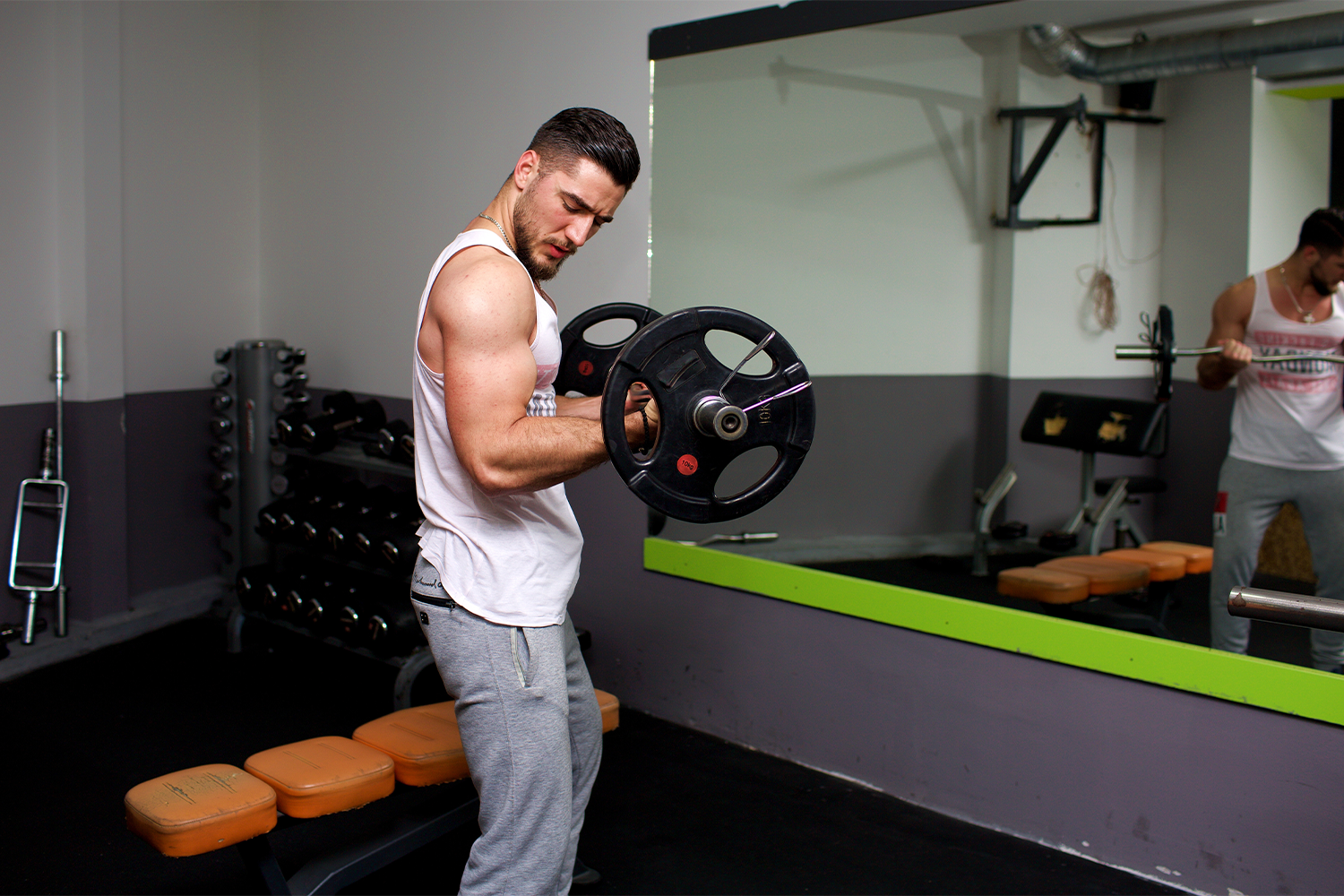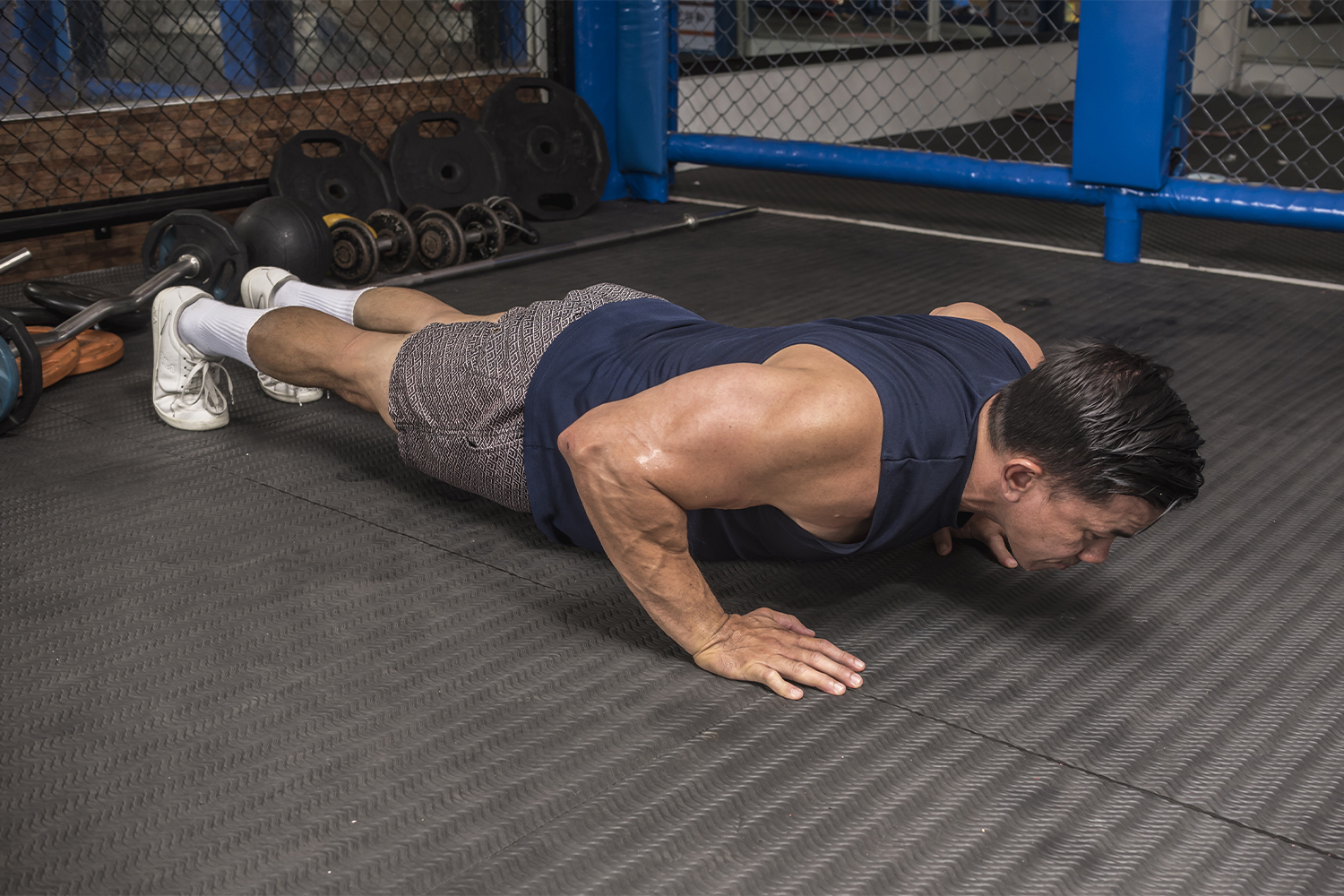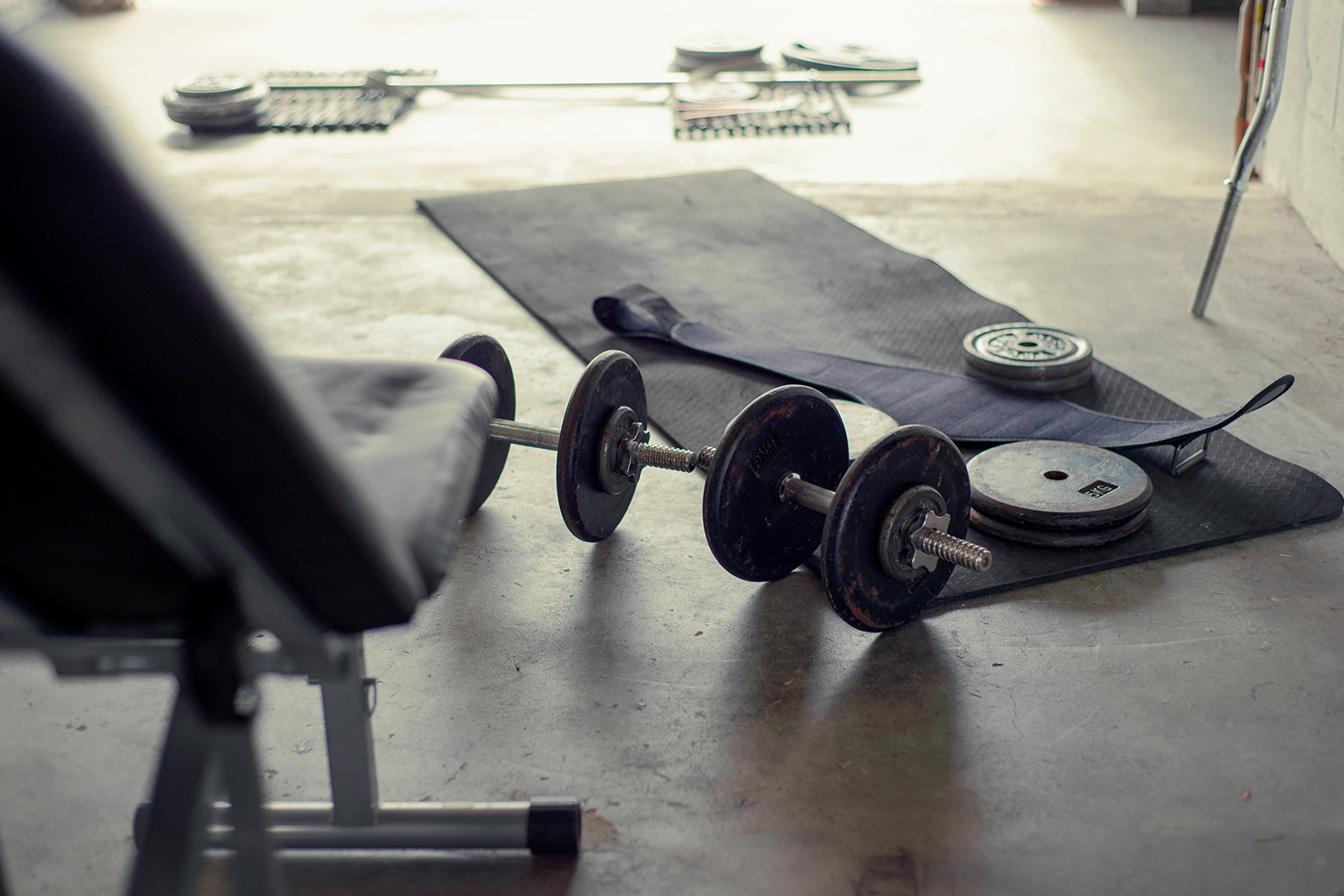Whether you’re a long-term athlete, are searching for a new workout routine, or have never touched a dumbbell in your life, functional strength training is great for you. In fact, this type of workout is good for all fitness levels. If you’re curious about this type of training, read on to discover why it should be a part of your weekly exercise routine. It’s time to spice up your daily life with some functional strength training!
What Is Functional Strength Training?
Functional strength training teaches your muscles to work in sync with each other and prepares them for day-to-day activities. This is accomplished by stimulating your muscles involved in daily tasks such as carrying groceries, cleaning, moving heavy objects, or running around with your kids.
You don't necessarily need a personal trainer to start functional strength training as it can be done by younger and older adults with little experience to fully experienced gym-goers.
This training effectively focuses on stability geared towards your core and targets a variety of upper and lower body muscles simultaneously.
One example of a functional exercise would be a squat. This move works the muscles that are involved in sitting and standing from a chair. When engaging in functional training versus going about your daily routine, you might not realize all the similar muscles that are being worked. However, this is why functional training is so important for everyday tasks!
Functional Training vs. Traditional Strength Training
There are some differences to note when choosing between functional strength training and traditional strength training. For one, engaging in traditional strength training tends to target one muscle group at a time. For example, think of a bicep curl with dumbbells. This is a great exercise to work your upper arms, but the work is emphasized in that one location.
On the flip side of things, functional training tends to target more than one muscle at a time. An example of this would be a lung jump squat in which your entire lower body is worked and your balance and coordination.
What Are the Benefits of Functional Training?
Just as with any exercise, there are many benefits to functional strength training:
- Strengthens bones, joints, and muscles which supports good posture and reduces the risk of injury
- Strengthens the heart, increases oxygen supply, and maintains healthy blood pressure and cholesterol
- Aids in a sharper brain, which supports memory and thinking skills
- Maintains healthy blood sugar levels
- Increases calorie burn throughout the day
- Increases overall endurance
- Eases feelings of stress and tension and supports overall mental health
- Working multiple joints and muscles at the same time
- Improvement of balance, muscle strength, and coordination
- Risk of falls in the older population
Tips For Functional Strength Training
When it comes to functional strength training, there are several suggestions you should be aware of in order to stay safe and get the most out of your workout:
Functional Strength Training Should Be Done 2–3 Times a Week
You should engage in functional strength training two to three times a week for 30 minutes at a time. It’s important to train your muscles while also providing them with rest between the training sessions. Try a strength training program along these lines:
- Monday: Functional strength training
- Tuesday: Cardio Workout or high-intensity workout
- Wednesday: Functional strength training
- Thursday: Yoga or Pilates
-
Friday: Functional strength training
Of course, this schedule should be adjusted based on your needs and abilities, but this may be a helpful place to start when it comes to scheduling your functional strength training exercises. See what works best for your body and remember the importance of balance in your workout routine.
Choose Three to Four Exercises To Focus On
When engaging in your functional strength training, pick three to four exercises to focus on for each workout.
To get the most out of your training, incorporate the upper and lower body in each routine and try to complete them while standing to challenge your balance. Here’s a suggestion you could use in your functional training program:
- Exercise 1: Squat while holding a kettlebell or medicine balls, or a bodyweight squat
- Exercise 2: Jumping lunges
- Exercise 3: Single leg dumbbell row
- Exercise 4: Push up and rotate
Don’t Rush The Training
When you first begin functional training, don’t rush it! This will leave you burnt out, exhausted, and possibly injured. Set goals for yourself, but begin with lighter weights and fewer reps at first.
As you feel capable, increase your reps and weights over several sessions of training. This will keep you from being injured and will leave you working out longer-term.
Form Is Vital
When it comes to functional strength training, consider more than just the amount of weight you hold and the number of reps you engage in. To avoid muscle strain, you'll want to make sure your starting position is correct so you'll be able to utilize your full range of motion.
How you carry yourself during the exercise is just as important as the weight and reps. Without proper form, your workout will leave you feeling stiff, sore, and even injured. Keep your core muscles tight, and pay attention to your form when working out!
Be Sure To Warm Up Before and Cool Down After Your Workout
Just as with any exercise, taking the time to stretch before working out will get your muscles warm and prepare them for the activity. In addition, stretching post-workout will assist your muscles in faster recovery.
It is recommended to engage in five minutes of active warm-up before training and a few minutes of static stretching after training. Many people are tempted to skip these parts of the workout, but doing so could leave you injured and unable to work out at all!
Supply Your Body With The Proper Nutrients
Taking in the proper nutrients and fluids is essential when working out. It’s important to give your body a protein and carbohydrate source within an hour of ending your exercise. Some examples of good protein and carb sources include protein shakes, peanut butter sandwiches, or yogurt with granola.
In addition, make sure to hydrate on a regular daily basis. This will decrease your chances of becoming dehydrated during and after your workout.
Areas of the Body To Target
When performing functional strength exercises, you can consider training the following parts of your body:
- Lats
- Calves
- Quads
- Traps
- Elbows
- Knees
- Hips
- Glutes
- Hamstrings
- Quadriceps
Consider Investing In Some Equipment
Functional strength training can be done with only your body weight; however, it is better accomplished through various equipment options. If planning to workout at home, consider some of the items below that may be helpful to your routine:
- Dumbbells
- Kettlebells
- Fitness balls
- Resistance bands
- Ski-training
EnergyFit’s Role In Functional Training
If you are looking to invest in a functional strength training machine for your home, EnergyFit might be your answer! You have the option to choose between the Ski-Row Air or the Ski-Row Air+PWR, both of which provide rowing, skiing, and HIIT workout options.
When considering functional training at home, these machines will fit all of your workout needs. Some of the following are exercises and video tutorials that can be done with EnergyFit’s rowing machines. Combine a variety of these exercises to get the perfect functional strength training workout!
- Biceps curl
- Arms only row
- High row
- Reverse overhead row
- Single-arm row
- Single leg row
- Alternating arms
- Alternating reverse lunge
- Butterfly
- Plyo jump
- Push-ups
- Burpee
- Overhead press
- Overhead triceps extension
- Single leg triceps pull down
- Staggered leg skiing
- Woodchopper
- Straight arm pulldown
Functional Strength Training With EnergyFit
Functional training is important for several reasons, especially when engaging in activities of daily living. This type of exercise targets the entire body but leads you through moves that also work your balance and prepare your muscles for daily tasks.
By including variations of workouts into your functional strength training routine, you'll be setting yourself up for success.
For example, a squat strengthens the same muscles in your legs that allow you to sit down and stand up. Functional strength training is vital for people of all ages, but it’s also necessary to pay attention to the suggestions above to avoid injury and burnout. Consider EnergyFit’s rowing machines for a nice addition to your functional strength training workouts. You will not be disappointed!
Sources:
What Is Functional Training? | AIPT
Functional fitness training: Is it right for you? | Mayo Clinic
The Benefits of Strength Training and Tips for Getting Started | NMSU
The Difference Between Functional Training Vs. Strength Training | UH Hospitals





Leave a comment
All comments are moderated before being published.
This site is protected by hCaptcha and the hCaptcha Privacy Policy and Terms of Service apply.